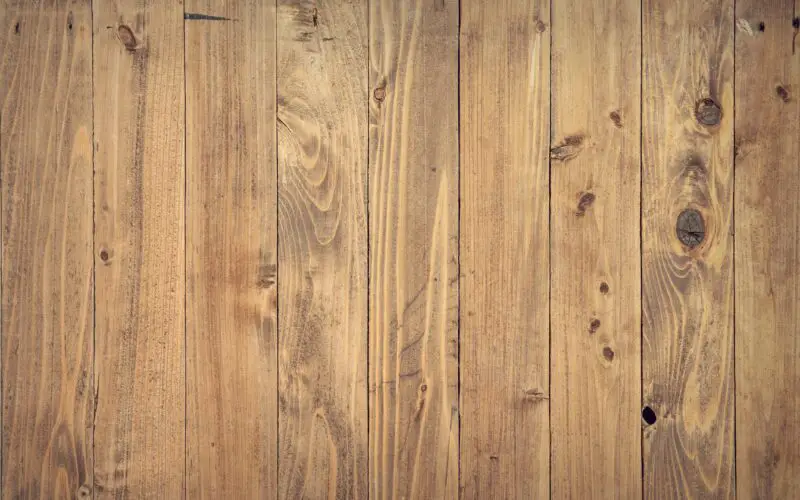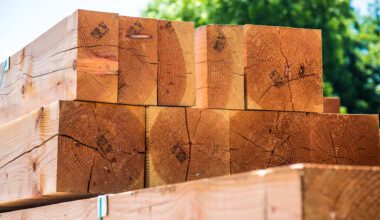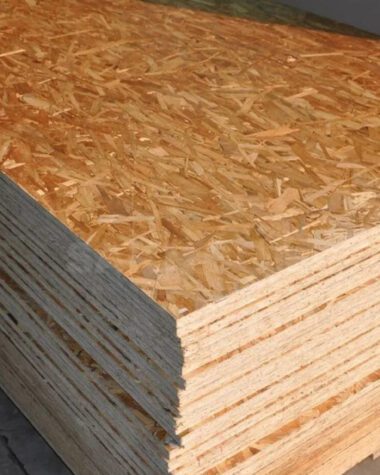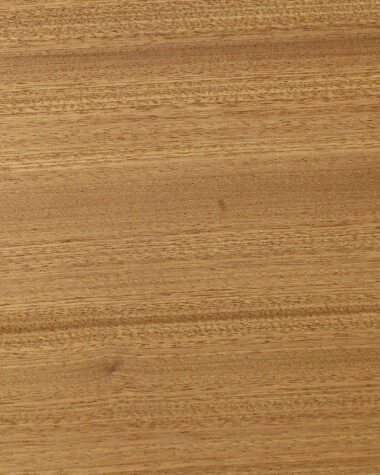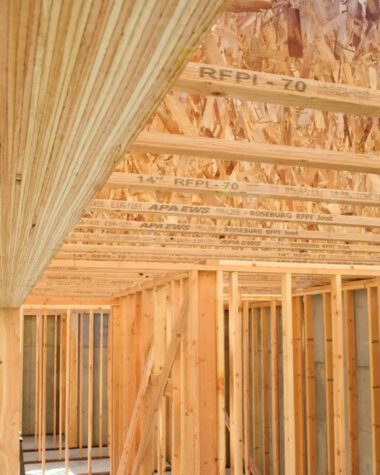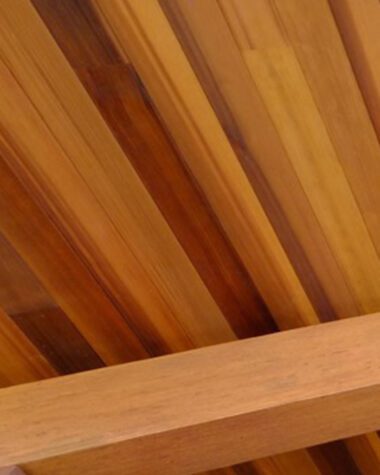If you have come across the readings about softwood, you’ll definitely have the gist that hardwood is not really its counterpart in terms of name. Some might argue that all trees have hardwood once they have bumped into it. However, the term “hardwood” is used in biology to describe a group of trees with a few common traits. If you are eager to know more, continue reading for details. So, let‘s begin!
What is hardwood?
The tree’s seeds determine whether a wood is considered to be hard or soft. The wood will be categorized as hardwood if the tree’s seeds have a covering. These coverings might either resemble a fruit or an outer shell. Also, they belong to the classifications of angiosperms, plants with ovules enclosed for fruit protection.
Hardwood trees don’t have needle-like leaves. Instead, they have broad leaves. In the winter, they frequently go dormant and produce fruit or nuts. There are hundreds of different hardwood tree species in American woodlands. In fact, hardwood trees make up around 40% of all trees in the United States.
Common types of hardwood
For more inputs, hardwood also belongs to a deciduous tree group. This means that most of them drop their leaves at the end of the typical growing season. To exemplify deciduous trees, the list below is the common types of hardwood that you may be interested in.
Ipe Wood
Ipe (pronounced “ee-pay”) is the Brazilian hardwood regarded for its stunning brown and amber tones. Its outstanding density gives it superior performance to other wood options.
Koa Wood
The fact that Koa only grows in Hawaii is one of its most distinguishing features. You’ll find an engaging story when you become interested in Koa and permit your curiosity to learn everything there is to know about it.
Poplar Wood
Wood properties of poplar wood make poplar a less common option for furniture production. Find out why?
Rubber Wood
No wonder the name is rubber because of its flexibility. Relatively, it is also used to extract rubber, resulting in the popularity of commercial plantations in Asia and Africa.
Sapele Wood
Sapele is a hardwood from the Western and Central areas of Africa. For veneers on sheet materials like plywood and MDF, which are frequently used to make furniture and cabinets, Sapele is a well-liked option. Furthermore, hardwoods made from Sapele can be polished, waxed, oiled, and varnished.
Balsa Wood
If you are looking for one of the lightest woods in the world, then balsa wood should be your option. Find out how this happens.
Teak Wood
Compared to other hardwoods, teak has more oil. This natural oil gives the lumber a gloss and sheen while guarding it against rot and scavenging insects.
Cherry Wood
The most valuable hardwood for furniture in America is the cherry wood. As a result, both experts and homeowners highly value this kind of wood since it is attractive and simple to work with.
Mahogany Wood
Mahogany wood was the old times great choice for its beauty, durability, and color. However, nowadays, the use of this hardwood type has been limited due to illegal harvests done by humans.
Pros and Cons of hardwood
It is time to shed light on hardwood’s common ups and downs. This is important in limiting your expectations and knowing the right ways to treat hardwoods.
| Pros | Cons |
| Incredibly durable | More expensive than softwood, but quality costs more |
| Higher density, resulting in greater strength | High density makes it harder to work with |
| Requires minimal maintenance with simple repairs | When used as flooring, it can be noisy to walk on |
| Increased resistance to flames | Takes longer to replenish due to the tree’s slower growth rate |
Key Takeaways
Much like softwood, we also aim to redefine hardwood. We hope that more people will realize that it is useful in different ways. While making the greatest hardwood type selection, take your long-term success into account. Above all, you will benefit structurally by using any type of wood that is available to you.
